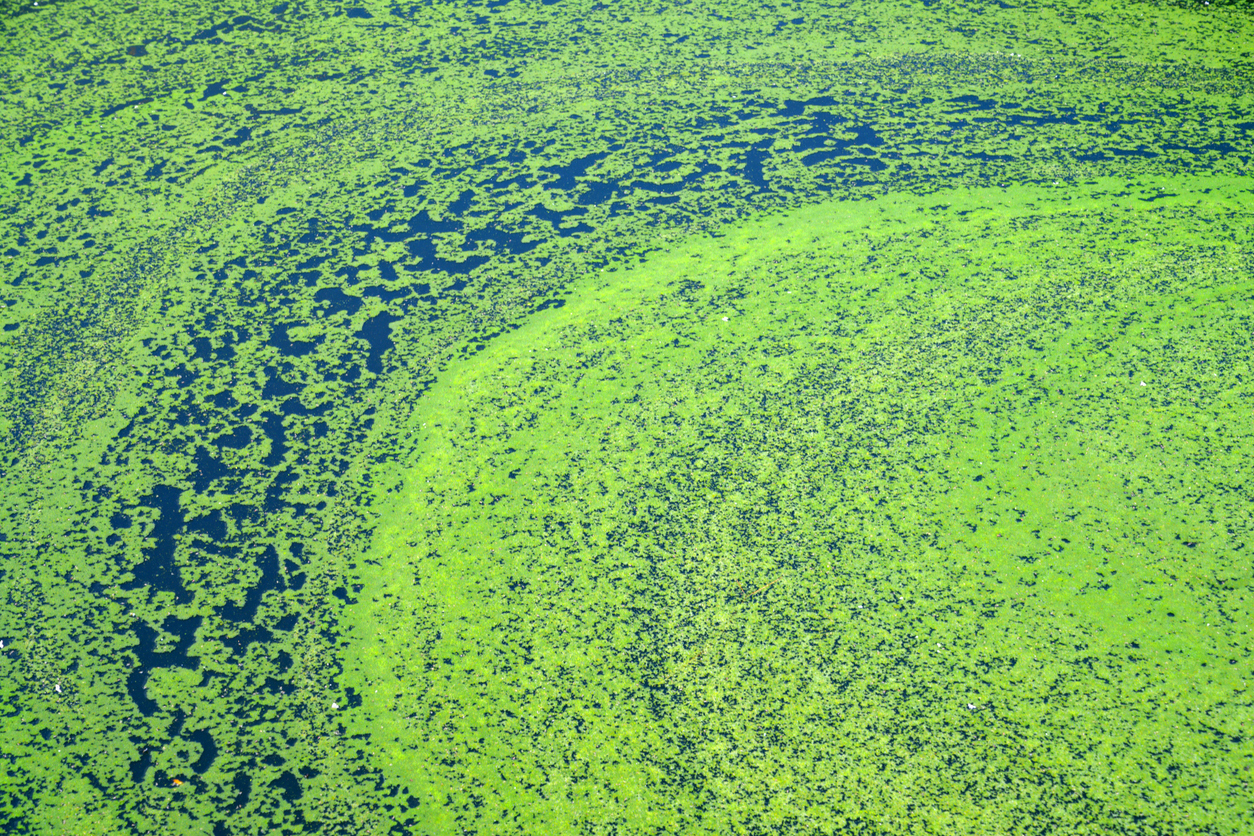
Carbon Credits :33
Algae have emerged as a promising solution for capturing and storing carbon dioxide (CO2) due to their rapid growth rates and high efficiency in photosynthesis. Unlike terrestrial plants, algae can thrive in a variety of environments, including freshwater, marine, and even wastewater systems, making them highly versatile.
During photosynthesis, algae absorb CO2 from the atmosphere or from dissolved sources in water, using it to produce biomass through a series of biochemical reactions. This capability not only helps in reducing atmospheric CO2 levels but also provides a renewable source of biomass that can be utilized in various applications such as biofuels, animal feed, and bioplastics.
One of the key advantages of using algae for CO2 capture is their ability to grow at significantly faster rates than most land-based plants. Microalgae, in particular, can double their biomass in a matter of hours under optimal conditions. This rapid growth allows for continuous and substantial CO2 absorption, making algae-based systems highly efficient for carbon capture.
Additionally, algae can be cultivated in photobioreactors or open ponds, where CO2 can be directly injected or captured from industrial flue gases. This makes them a practical option for integrating into existing industrial processes to mitigate emissions.
Furthermore, the cultivation of algae for carbon capture offers co-benefits that enhance its viability as a sustainable technology. The biomass produced from algae can be harvested and processed into biofuels, providing a carbon-neutral energy source that can replace fossil fuels.
Algae cultivation can be integrated with wastewater treatment processes, where they can simultaneously remove nutrients and contaminants from the water while sequestering CO2. This multifunctional approach not only addresses the issue of carbon emissions but also contributes to water purification and the production of valuable by-products.